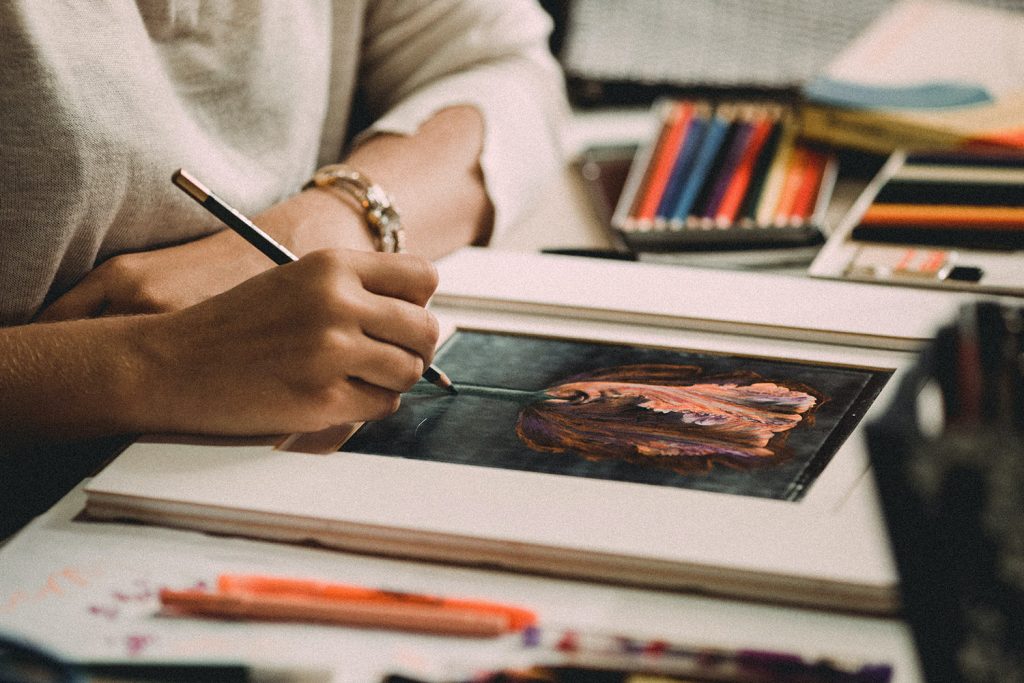Ideals of beauty have existed in every culture and era. Attaining and sustaining these qualities has been a fascination throughout history. The perfect aesthetic has seen several variations, from the full-figured silhouettes of ancient Greece, to the corsetted figures of the 18th and 19th centuries, right up until the supermodel-chic aesthetic of the 1990s. We only need to look at the cinematic zeitgeist of this summer, Barbie, directed by Greta Gerwig, to observe the difficulties of the beauty industry. For generations, Mattel’s iconic doll was celebrated as the ideal female archetype, characterised by long legs, a tiny waist and blonde hair. And whilst there has been a significant shift in beauty standards since the original 1959 doll – marked by the rise of the body positivity movement in the 1970s and a further resurgence in the 2010s – pressures still permeate the cultural makeup of our everyday. Take America Ferrera’s speech in Barbie for example, “You have to be thin, but not too thin. And you can never say you want to be thin. You have to say you want to be healthy, but also you have to be thin. You have to never get old, never be rude, never show off, never be selfish, never fall down, never fail, never show fear, never get out of line.” Ferrera articulates a system rife with contradiction, double-standards and torment. She stresses the difficulty of womanhood, highlighting a value-system based on physical form. The question is, why is this so important?


Answering this age-old question is the Wellcome Collection’s latest survey The Cult of Beauty, a multi-disciplinary show that brings together over 200 objects, installations and artworks. Divided into three sections, the exhibition focuses on three topics: the ideals of beauty, the beauty industry itself and the subversion of beauty. The collection pays attention to case studies, examining the historical factors which have informed our styles and tastes over geography, society and time. It then moves to the relationship between medicine and cosmetics, tracing a history of commercialism that transformed pharmaceuticals and medical procedures into the industry we know today. On show is Shirin Fathi’s The Disobedient Nose (2022), a series of photographs about a “nose that doesn’t want to be tamed.” She observes rhinoplasty (nose reconstruction surgery), a process that uses skin grafting to encourage nose growth. It’s a process that has roots in 1400s Europe, popularised by Italian surgeon Gaspare Tagliacozzi, using techniques imported from the Indian subcontinent over 1,000 years ago. At the time, it was predominently used to treat disfigured soldiers and syphilis victims in the 15th century. Today, the procedure is most commonly undertaken by Iran – a country that witnesses 50,000 constructions each year, making it the greatest number in the world. Fathi draws on her Iranian background as she engages with the ubiquitous practice. In the series, she uses her own face to explore what it means to defy standards. In one portrait, she mimics a Renaissance patient, donning an Elizabethan ruff. In another, she references an early Indian technique of skin grafting. The artist explains, “The first phase of the project began with investigative work where I impersonated a patient and made multiple visits to beauty clinics in Tehran. These conversations with the doctors led me to 16th century medical drawings to understand the process of sculpting and altering facial features, while imagining the role of the plastic surgeon as an artist.”

Elsewhere, viewers are invited to immerse and reflect on their own relationship with self-image and personal autonomy. Permissable Beauty, a 22 minute film by =David McAlmont, Robert Taylor and Mark Thomas examines how some forms of beauty are more widely valued than others. Interweaving documentary footage and intimate interviews, the short looks at the stories of six Black Queer Britons, offering up an expanded depiction of British beauty for the 21st century. Also included is a three-metre tall anthropomorphic sculpture by Narcissister, consisting of her late mother’s belongings. The work entitled (Almost) all of my dead mother’s beautiful things, combines framed family portraits, items of clothing, scrapbooks, furniture and ephemera, expressing the difficulty of inheritance. Following this, a final room hosts a multimedia installation that emulates the experience of a nightclub bathroom. A series of screens show a range of digital content including research videos, make-up tutorials and beauty practices from the Global South. The installation, created by Xcessive Aesthetics, an interdisciplinary all-female architecture collective, reveal the social opportunities that digital and semi-public spaces offer. It’s a fitting end to a show that prioritises community-building. As Janice Li, curator of the exhibition says, “Through the artists’ own lived experiences and collaborative consultation, together, they triumphantly mark the beauty that lives in us, individually and collectively.”
The Cult of Beauty | Until 28 April 2024
Image Credits:
1. 12 Reasons You’re Tired All The Time, Juno Calypso, 2013, Courtesy the artist and TJ Boulting
2. The Disobedient Nose: Fig. 1. The reconstruction of a nose 2022, Shirin Fathi, 2022 © Shirin Fathi
3. Shirin Fathi, Sketches of rhinoplasty performed by me, (2022).
4. Humanae, Work in progress by Angélica Dass, 2023 © Angélica Dass




